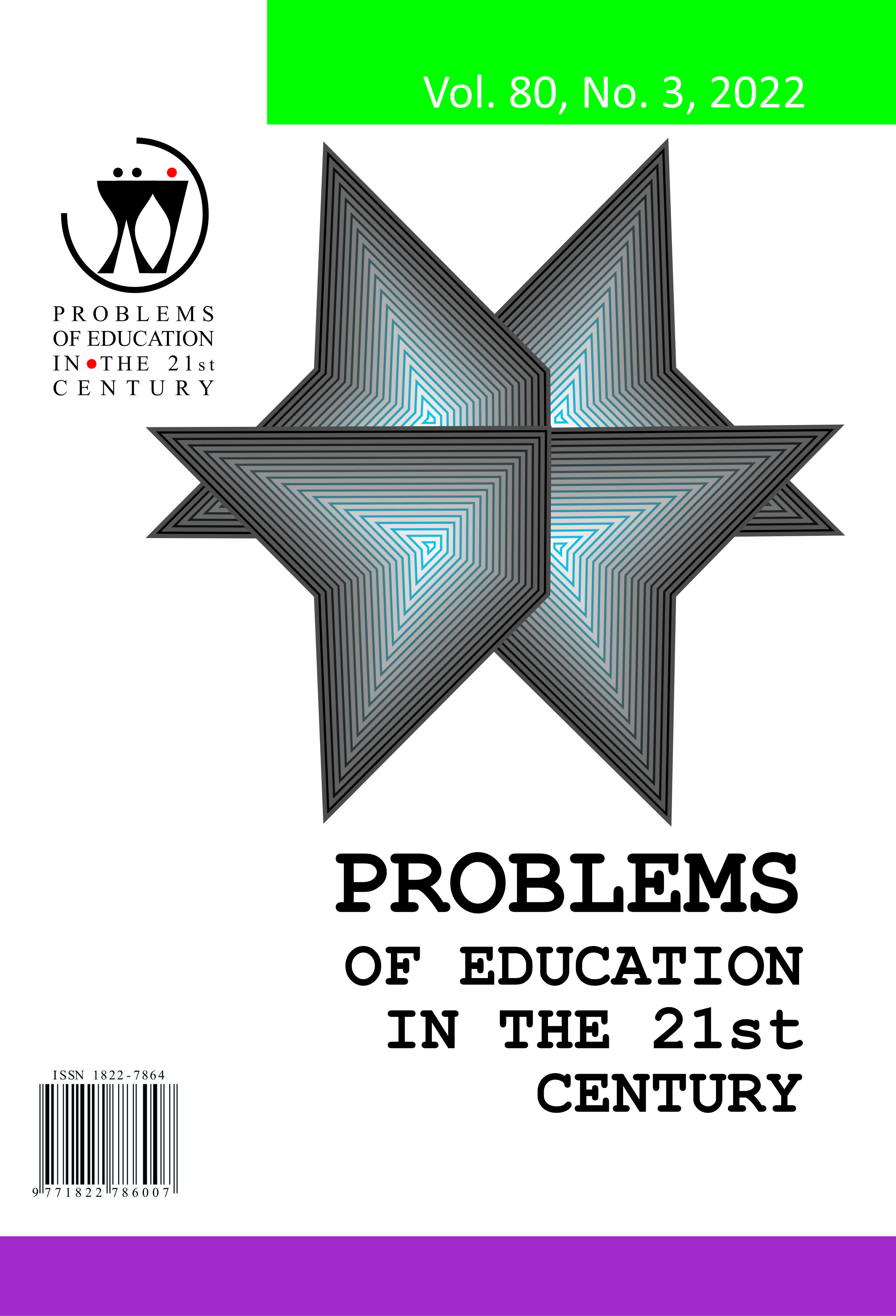MATHEMATICS TEACHERS’ ACCEPTANCE OF ICT IN TEACHING AND LEARNING: AN EXTENDED TECHNOLOGY ACCEPTANCE MODEL
MATHEMATICS TEACHERS’ ACCEPTANCE OF ICT IN TEACHING AND LEARNING: AN EXTENDED TECHNOLOGY ACCEPTANCE MODEL
Author(s): Yarhands Dissou ArthurSubject(s): Social Sciences, Education, School education, Pedagogy
Published by: Scientia Socialis, UAB
Keywords: ICT; mathematics education; structural equation modeling; technology acceptance model;
Summary/Abstract: The research sought to assess mathematics teachers’ acceptance of Information and Communication Technology (ICT) integration into teaching and learning at the secondary schools. This study was a cross-sectional survey that gathered data with structured questionnaire. The population was mathematics (core and elective) teachers of secondary schools within the Ashanti region of Ghana. Purposive sampling was used to select mathematics teachers from 41 secondary schools in the region. In all, there were 207 usable questionnaires for the study. Structural Equation Modelling (SEM) was run in Amos (v.23) to estimate the path coefficients of the various hypotheses, using Technology Acceptance Model (TAM). The study established that perceived ease of use predicted both perceived usefulness and attitude towards use; perceived usefulness predicted attitude towards use and behavioral intention; attitude towards use of technology predicted the behavioral intention to adopt technology in teaching and learning, while behavioral intention also predicted actual usage of ICT in teaching and learning of mathematics. As an extension to the original TAM, the study found school related factors as percussor to perceived usefulness and perceived ease of use. Similarly, ICT training was found to greatly influence perceived usefulness and perceived ease of use.
Journal: Problems of Education in the 21st Century
- Issue Year: 80/2022
- Issue No: 3
- Page Range: 408-425
- Page Count: 18
- Language: English

